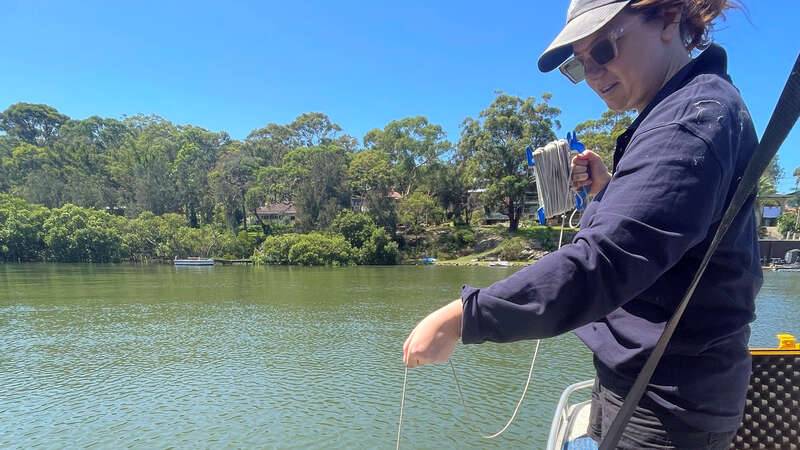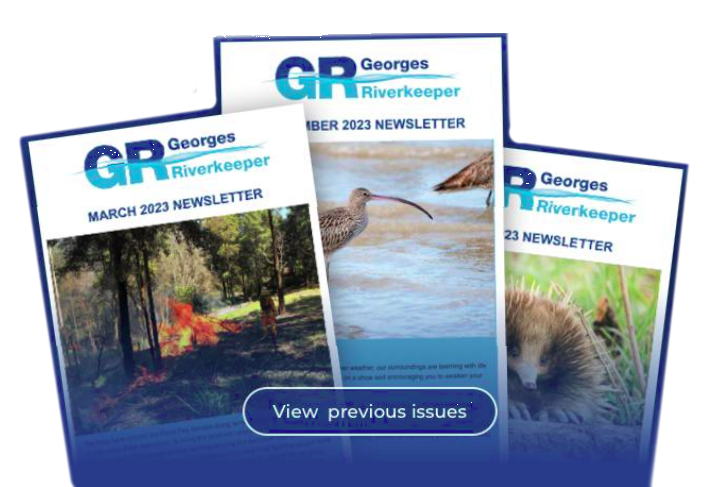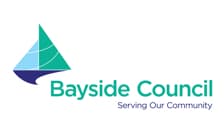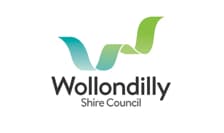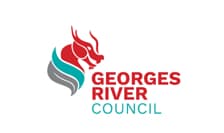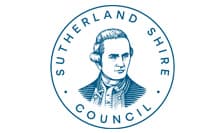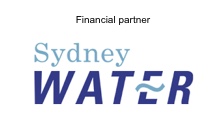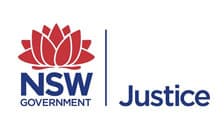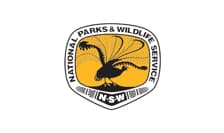One step closer to reforming water catchment planning policy

Georges Riverkeeper’s advocacy work to achieve best practice environmental management for a liveable urban river recently included giving feedback on the Draft Water Catchment SEPP that was circulated for consultation.
The NSW government has been working towards developing a new State Environmental Planning Policy (SEPP) for the protection and management of our natural environment for some years now.
An Explanation of Intended Effect for the development of an Environment State Environmental Planning Policy (Environment SEPP) was released by the NSW government in October 2017.
The overall intention was to consolidate several existing SEPPs or Regional Environment Plans (REPs) into one holistic Environment SEPP.
Georges Riverkeeper submitted feedback on this in January 2018, raising several issues: concern of moving current planning instruments to Ministerial Directions, the opportunity to include stormwater quality and quantity targets, and the opportunity to expand the current mapping protecting rocky foreshores, seagrasses and critical habitat.
Fast-forward four years and a Draft Water Catchment SEPP was recently circulated for consultation.
The four catchment groups in Sydney (Georges Riverkeeper, Cooks River Alliance, Parramatta River Catchment Group and Sydney Coastal Councils Group) banded together to give feedback and write a joint submission within the tight timeframe.
The submission detailed five main recommendations:
- Develop a consistent consultation process for consulting with councils and their catchment groups for all environmental and planning instruments produced by DPIE and mandate that this process is followed. This process needs to allow for a reasonable amount of time to develop considered feedback, including opportunities for dialogue with relevant DPIE representatives.
- The Cooks River catchment be included as a regulated catchment.
- Additional work be done to create consistency in the mapping to allow for greater protection of rocky foreshores, seagrasses, critical habitat, endangered and threatened species throughout all of the regulated catchments.
- Include water quality and stormwater targets. Make the language more robust and less vague. Develop a consultation framework/process.
- In consultation with catchment groups and councils develop a set of guidelines for the implementation of the Catchment SEPP.
You can read the joint submission here.

